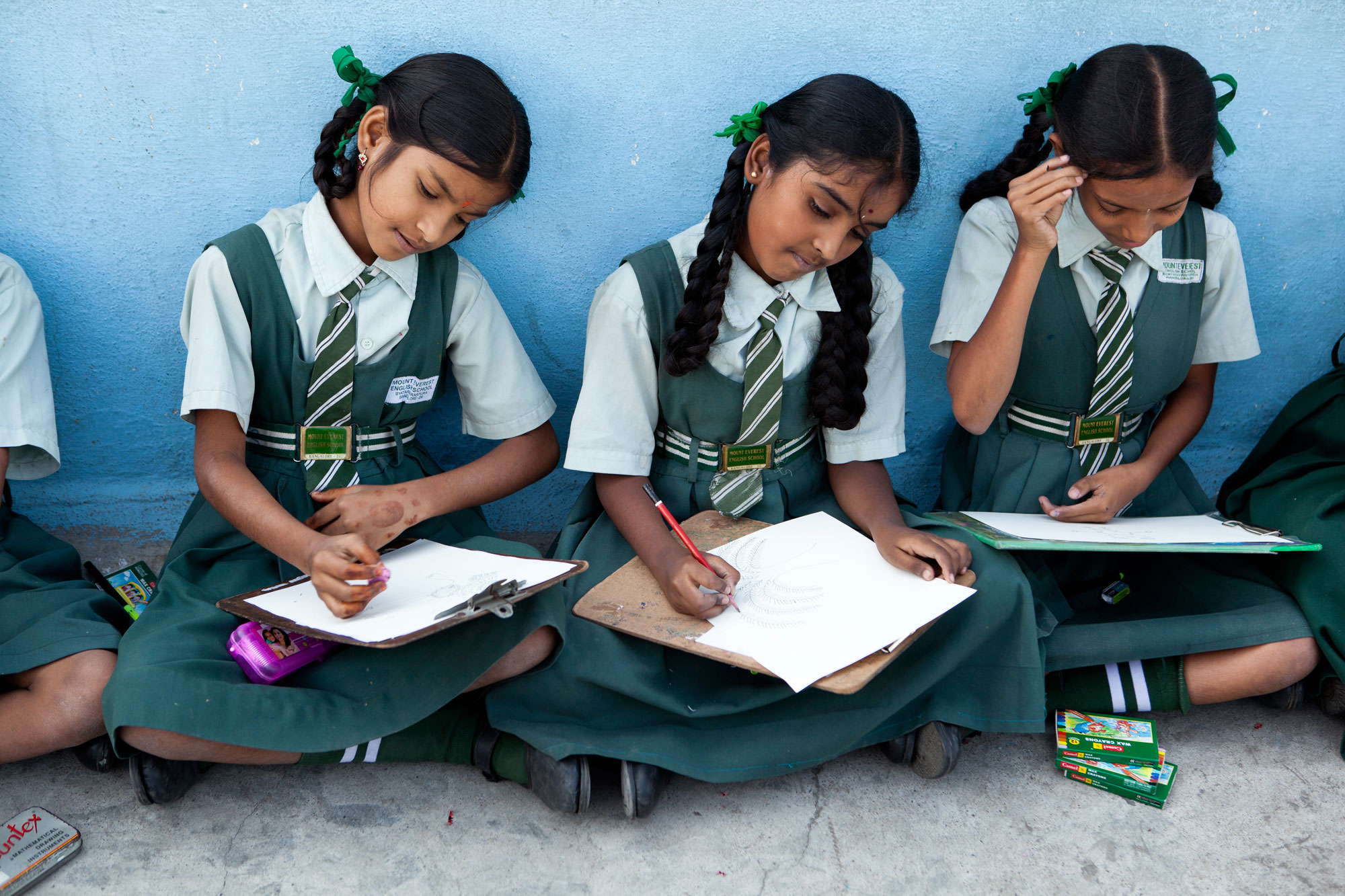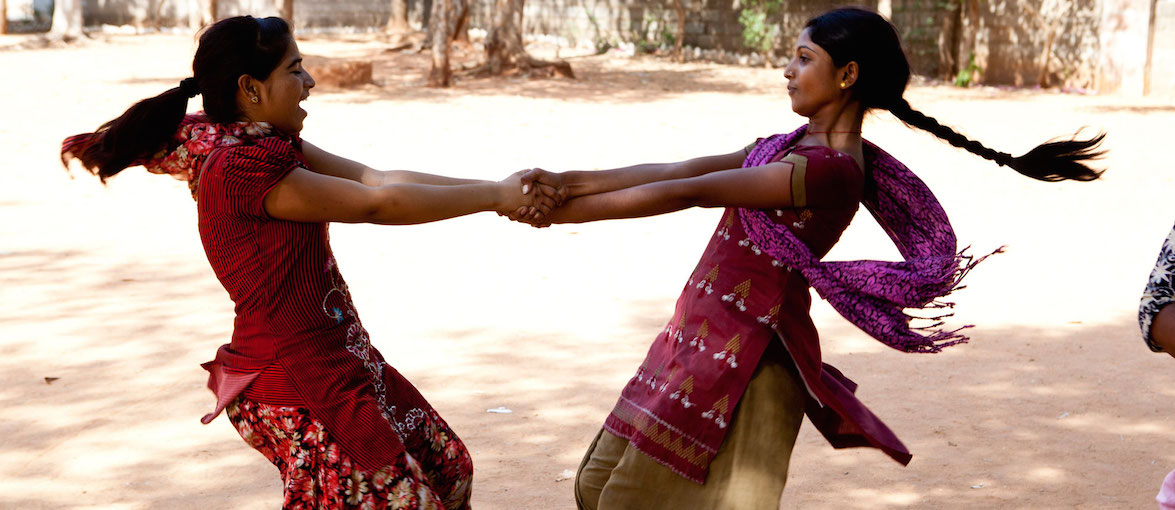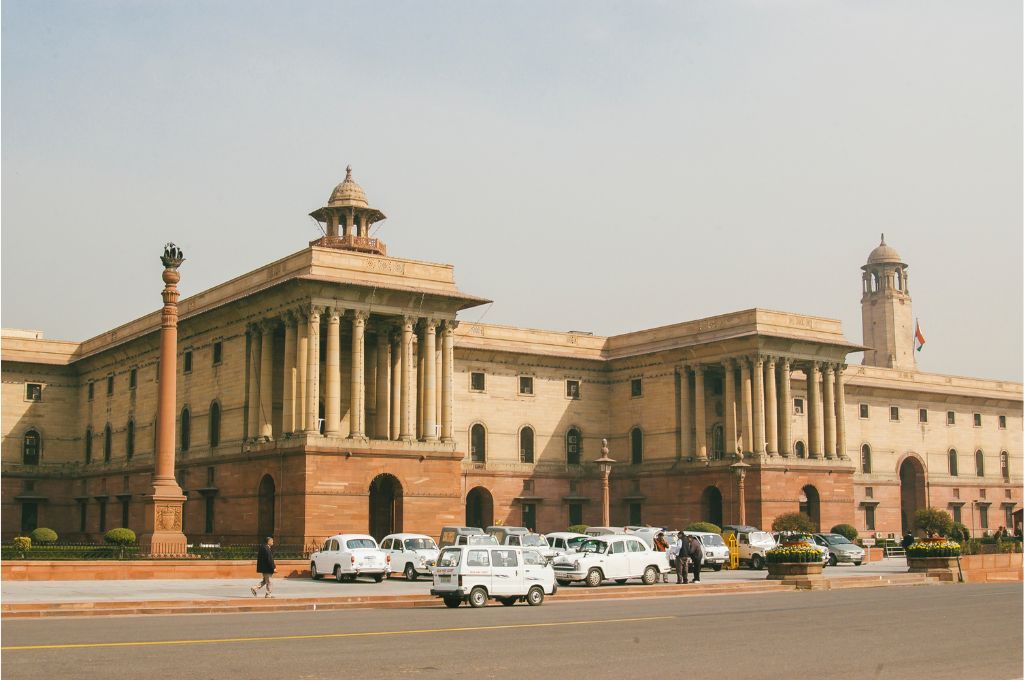Unlike Western philanthropy, which has a fairly long history and deep relationships with the social sector (including in India), organised Indian philanthropy is quite new—with the exception of the Tatas and Birlas. This is not surprising, given that Indian capital and entrepreneurship have had a free reign only in the last 25 years, it is only recently that we have started seeing the first generation of that wealth enter the social sector.
The twain do meet
This new generation of Indian philanthropists is concerned about inclusion. They are troubled by the fact that despite India’s growing economy and increasing wealth, there is still a great deal of misery in this country and a large number of people are excluded from the growth story. Their focus is therefore on ensuring that the poor get access to basic services like education, healthcare and employment, and making sure that the country’s growth is more inclusive.
However, if one looks deeper, it would be obvious that something is inherently wrong with the industrial and growth model itself. Nothing illustrates this more fundamental ‘problem’ better than the state of the environment and the quality of our water and air. But it is unlikely that Indian philanthropy, nascent as it is, will see it that way.
The social sector, on the other hand, has traditionally undervalued service, almost placing it in opposition to the rights-based approach. Which might not be the best thing to do, because the two are not mutually exclusive: the line separating the two isn’t an impervious one.
The issue of keeping girls in school is a good example of the osmotic nature of service and rights. This can be viewed as primarily a service issue. The way to address the situation is to find the girls who have dropped out and provide them with the necessary support to go back to school, be it bridge classes or access to transport. Many nonprofits are organised to make this effort, and philanthropies are comfortable with this approach and fund it enthusiastically.
As you do this, though, you realise that probably the girls are not in school because they are not able to negotiate with their families and communities. You then realise that it is important to improve their agency—and that immediately puts you in ‘rights’ territory. You are now taking on the girls’ fathers, uncles and the local khaps, and persuading them to let the girls attend school. And this may generate some heat!
It works the other way, too. As a rights-based organisation, you might start at the point of working with the communities to ensure that the girls’ voices are heard, because they have a right to education. But it cannot end there. They need access to quality schools nearby, clean toilets, and safe and accessible transport—all of which are elements of service delivery.
Finding the common ground
Today we are at a stage in history where the Indian welfare state is expanding, at least at a policy level if not in implementation. This is very different from where it was 20 years ago, when there were few schemes: there was no MNREGA, RTE or RTI back then. We now have a scheme for everything. As P Sainath says, “we have a scheme to cross the road when the light turns green”.
Many of these schemes are actually a result of advocacy by the social sector. Nonprofits and activists identified the problem and actively engaged with the authorities to ensure that the government formulated the right kind of schemes. However, civil society and nonprofits now operate in a context where there is a scheme for everything, but delivery remains a challenge. Thus, they now spend their efforts and resources in connecting people to these schemes. In a way, they are now agents of service.
There is a great deal of overlap between the rights and inclusion approaches. There is a lot of common ground that we are not exploiting or exhausting.
There is therefore a great deal of overlap between the rights and inclusion approaches. And while it does exclude some of the pure social justice and human rights work, I believe there is a lot of common ground that we are not exploiting or exhausting.
It starts with how we frame the issue. When people slot others into categories and say that “I must frame it this way for me to be able to work with you,” or, “you must approach it this way for me to be able to work with you,” it becomes a barrier to working together.
Bridging the divide: the importance of translation
We need to ensure that the various sides understand what the others are saying. We therefore need a fair amount of translation, both ways.
Philanthropists may understand their foundation heads and the leaders of the organisations they fund. But they may not understand the frontline workers, quite literally because the latter don’t speak English or Hindi. Not only does this call for a literal translation of words, but also a translation of approaches, concepts and viewpoints.
This translation is natural and necessary. And critical. We need the dubhashs (people who speak ‘do bhasha’ or two languages), people who can speak to different and diverse constituents to convey the message appropriately.
And everybody needs to play the role. We already see this happening. The way the coordinator of a self-help group talks to the women in the group is different from the way they talk to their own management. We need people like this between the philanthropists and the nonprofits. People like us have to do it.
Respecting the other
It is important to explain what these social organisations do as well as talk about what philanthropists want to support. And I believe it can be quite easy to find a practical common ground.
We need to close the gap: between philanthropists, nonprofit leaders and communities.
We at the Azim Premji Philanthropic Initiatives (APPI) believe that there are five approaches one can consider while addressing an issue: seva (service), nirman (institutions and infrastructure), sanghatan (collectivisation and mobilisation), chintan (thought) and sangharsh (advocacy).
We need all this. To just say that seva is sufficient or that seva is useless, is plain oversimplification. It is a complex play of all these things. Different people may choose one or the other as starting point, but one must at least recognise that all these are required. Whereas rights-based organisations might recognise sangharsh, the seva supporters might perceive that as trouble-making. The real challenge is understanding what these approaches actually mean.
To do this, we need to build respect. And we need to close the gap: between philanthropists, nonprofit leaders and communities.






